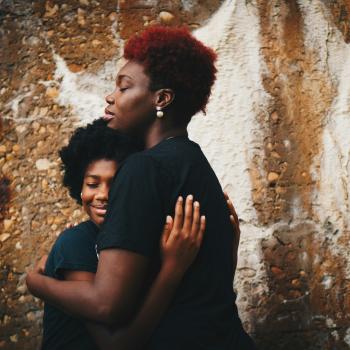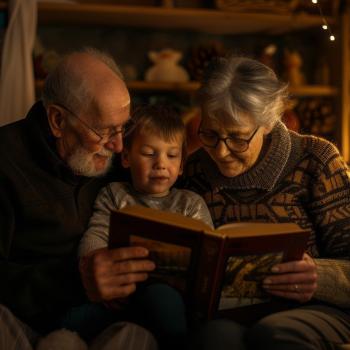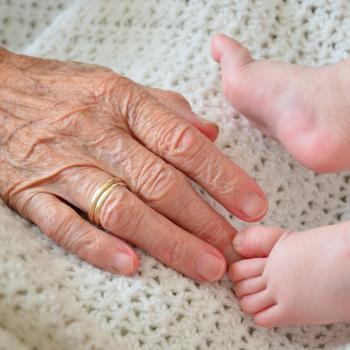
Teenagers are the group most often overlooked when the call goes out that a foster home is needed. A fear of their ‘behaviors’ and how they will affect families, or the notion that they will be jaded and angry kids is what keeps many foster families away from welcoming an older child. Yet the cost of allowing youth to bounce through the system, then age out of foster care, is high. From both a human and a financial standpoint.
Youth Entering Foster Care
Child Trends analyzed the following data for the Annie E Casey Foundation and reported the below:
- For young people ages 14–21 entering foster care, neglect — not child behavioral problems or abuse — is the reason cited most frequently for the reason they enter foster care.
- Nationally, child welfare systems find families for fewer than half of teenagers and young adults in foster care.
- More states offer extended foster care services and assistance for young people beyond age 18, but enrollment is low.
- Too few transition-age teenagers and young adults receive the federally funded services intended to prepare them to thrive when they leave foster care.
- Fewer than half (47%) of transition-age young people received one or more of the services during all the years they were eligible.
The Importance of the Family Unit
According to the National Council for Adoption (NCFA), there was a time when many youth in care longed for the day they would turn 18. The end of moving from foster home to foster home was in sight and aging out of the system meant freedom. Yet once on their own they realize how ill-prepared they are for adulthood. Without the support from a permanent family, the lack of stability is also debilitating. It is widely reported that youth who age out of foster care have a significantly higher rate of becoming homeless, on welfare, turning to drugs or being incarcerated.
Those who are part of a family unit, either by birth or adoption, develop a sense belonging and age 18 is a normal pathway to adulthood. Yet youth who have aged out of care find themselves struggling to understand their responsibilities and have no one to turn to for assistance and guidance.
In 2014, Rita Soronen, President and CEO of The Dave Thomas Foundation, wrote an article for CNN. Her words resonate deeply and still ring true today. She wrote:
Considering the trauma these children have endured at a young age, the moves from foster family to foster family and the abandonment they feel, it’s no wonder they are at a higher risk for a grim future.
Conservative studies find one in five will become homeless after 18; at 24, only half will be employed; less than 3% will have earned a college degree; 71% of women will be pregnant by 21; and one in four will have experienced post-traumatic stress disorder at twice the rate of United States war veterans. And too often, many are at risk of moving back into government systems — from juvenile centers to prison.
There is a cycle of violence and helplessness innate in the lives of the hundreds of thousands of children in the U.S. foster care system. And yet millions of Americans are unaware that thousands of children remain in this cycle, and those charged with their protection fail to commit to better solutions for educational and vocational support, employment, life skills training and secure homes.
It is our duty as a nation to end this cycle. We made promises to these 101,000 children in foster care waiting to be adopted [current statistics according to AFCARS is 109,000 waiting to be adopted] that we would find them safe, supportive homes. We must take the lead and work harder to do that. If children have been permanently separated from their families and freed for adoption, it’s unacceptable that they end up without one…
We must demand justice and safety at every level for children, not only because it is their basic human right but because those who grow and learn in just environments and with the protection of families ultimately create human and thriving societies as adults.
The Cost of Aging Out of Foster Care
Many Americans are eager to adopt internationally and willing to pay the high financial cost of doing so. Yet with over 109,000 children currently available for adoption from the US foster care system, why do we not have families stepping forward for them? These are our children – they are in your neighborhood, attend school with your child, and yet they remain quietly under the radar.
The cost of allowing youth to age out of foster care without any family ties is not only a financial one impacting each of our state budgets. Looking at the human cost, we find it even more wrenching. The NCFA breaks down this emotional cost so well in their article on this subject.
The emotional insecurity that comes from a failure to find permanency is very real. There are some easily nameable losses, daily interactions that go missing, that most of us need and instinctively desire – a place to go for the holidays, parents to stand behind us or walk us down the aisle on our wedding day, grandparents to spoil our future children, a family you can always call on for support and advice. Studies have shown that confidence, self-knowledge, and healthy physical and mental development depends on strong, permanent attachments that occur in early childhood and continue into adulthood. The heart-wrenching insecurity that comes from the lack of this emotional safety net has a severe impact on youth who age out of care.
By allowing youth in care to be overlooked because of fear or lack of knowledge, we as a society are affecting our economy financially. What’s more heartbreaking, we are failing children who given the stability of a family, could otherwise enter adulthood as a stable and contributing member of society.
How can you be involved in the foster care crisis? Check out my Foster Parent Resource Kit at LoisJRodriguez.com for ideas on how you can support foster parents or become a licensed foster family.
Until next week my Savoring friend!















